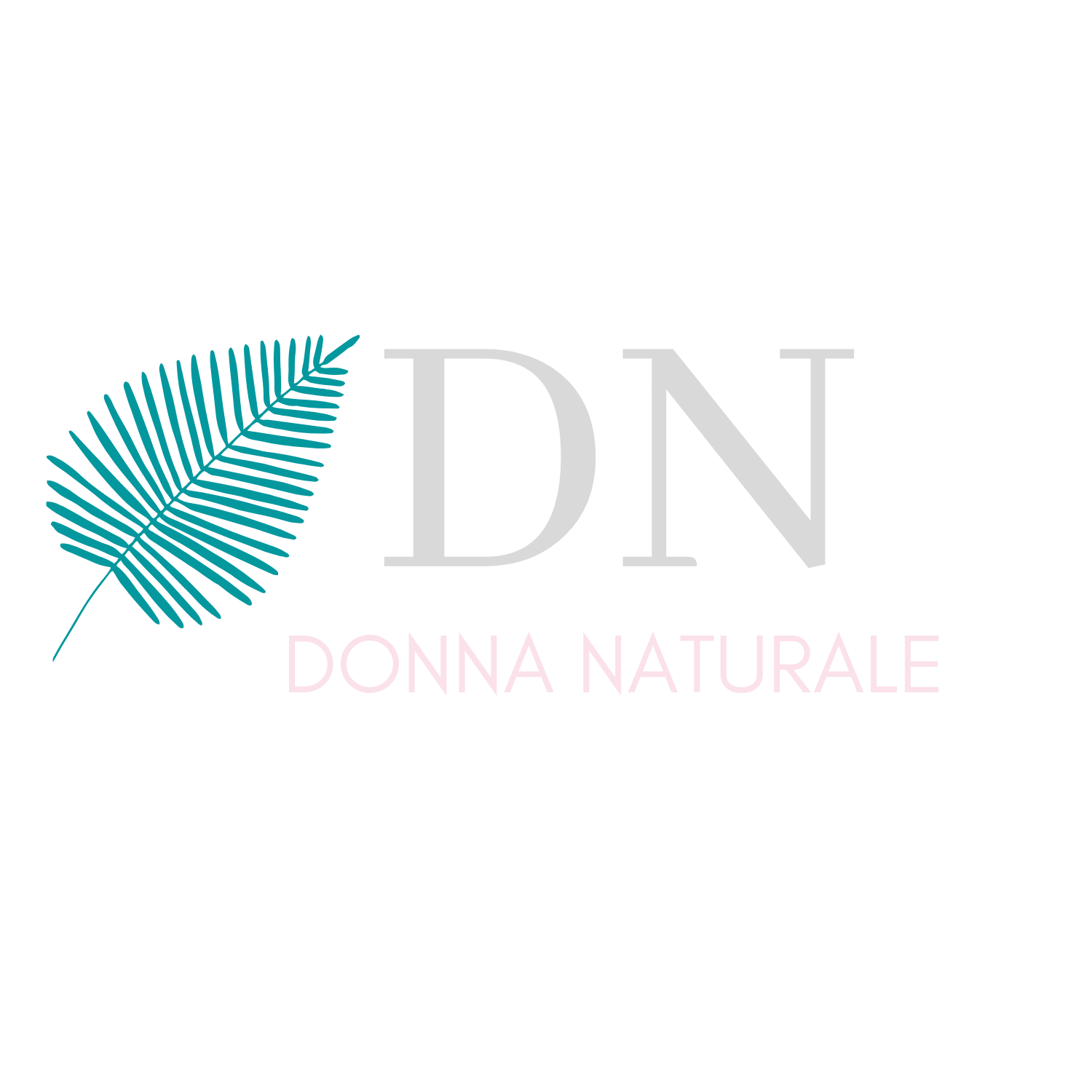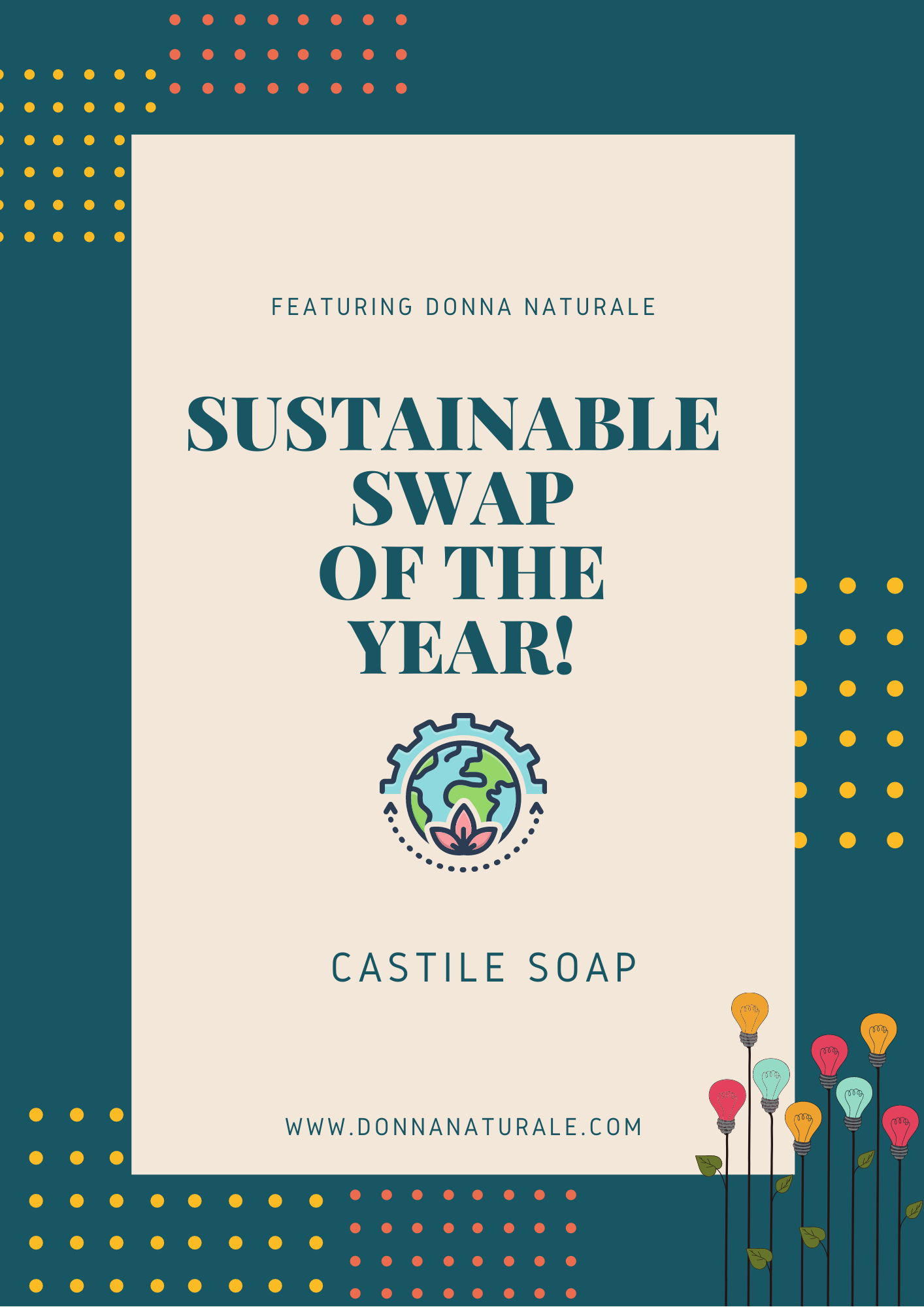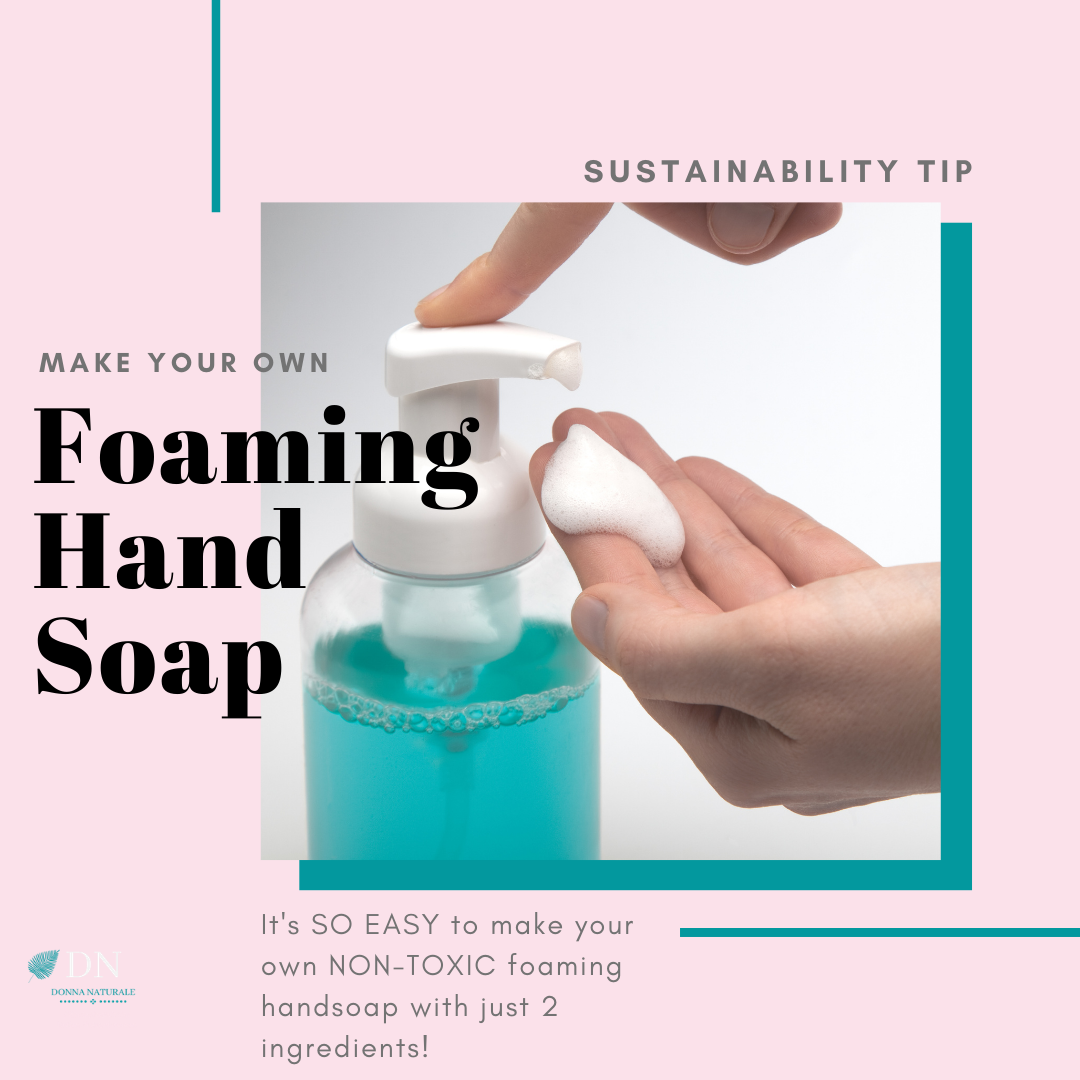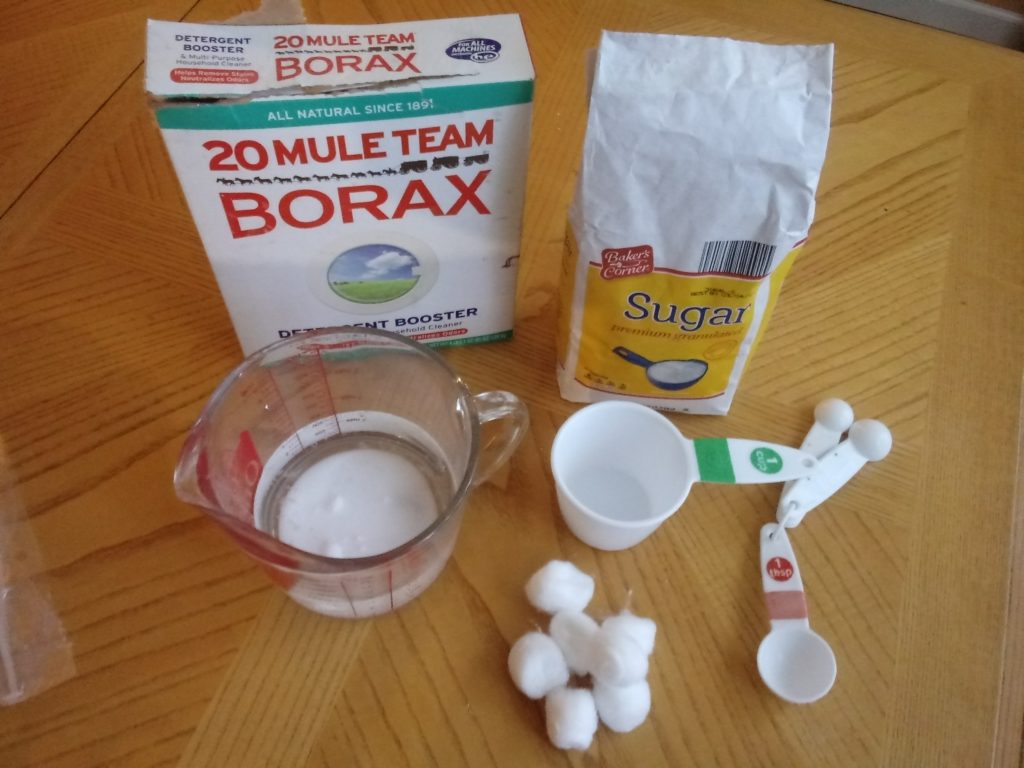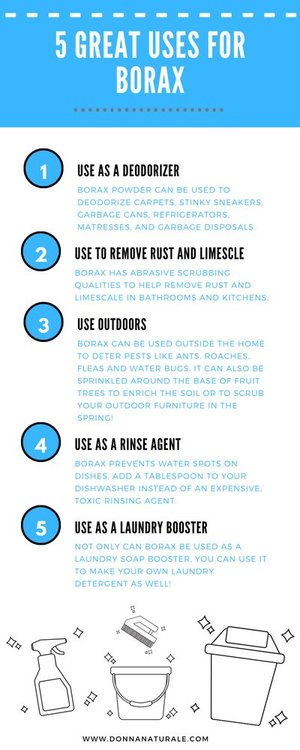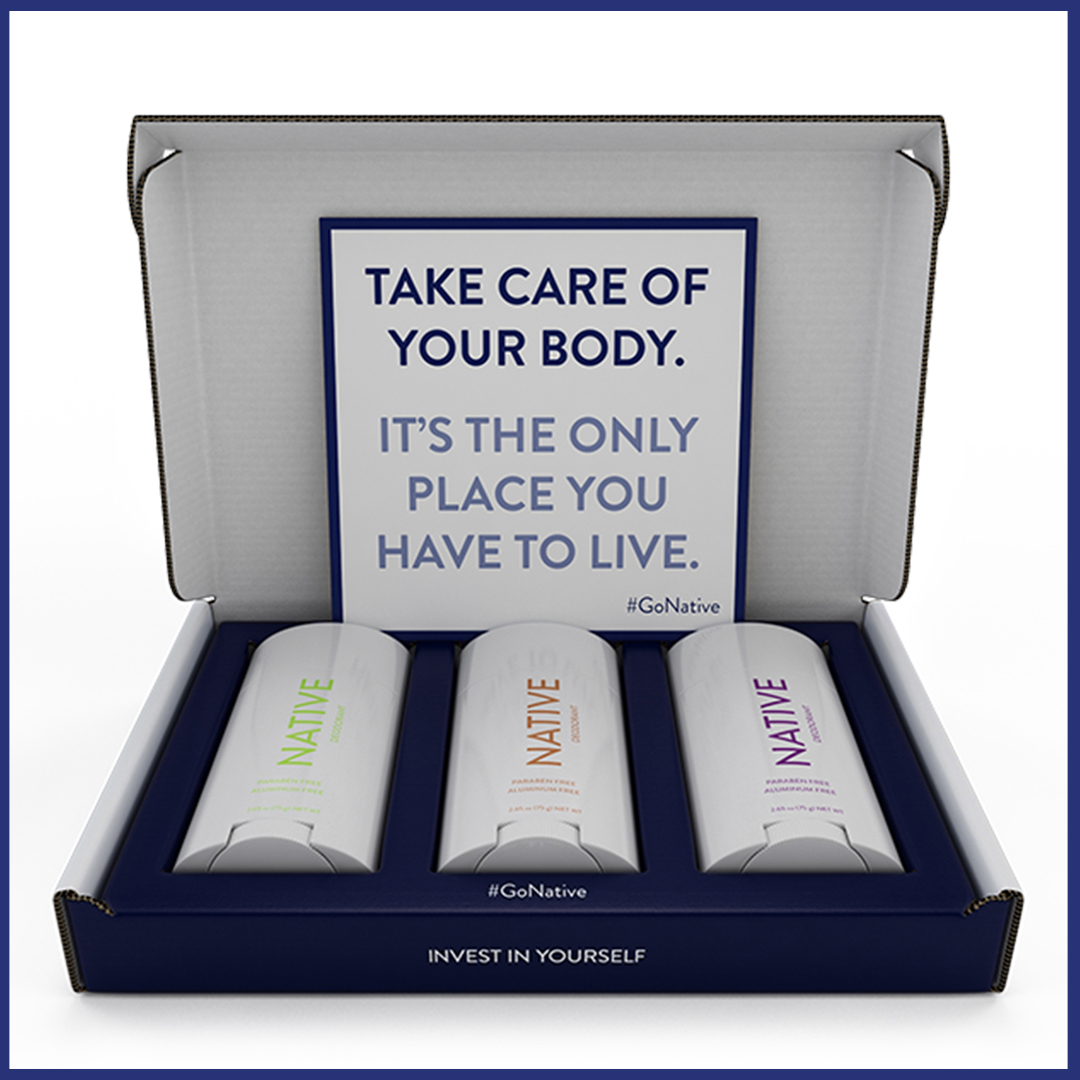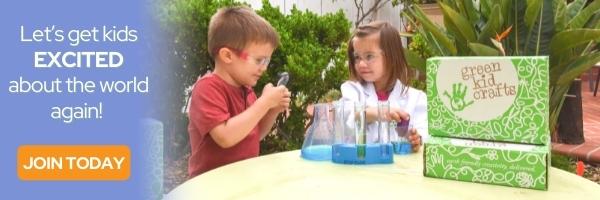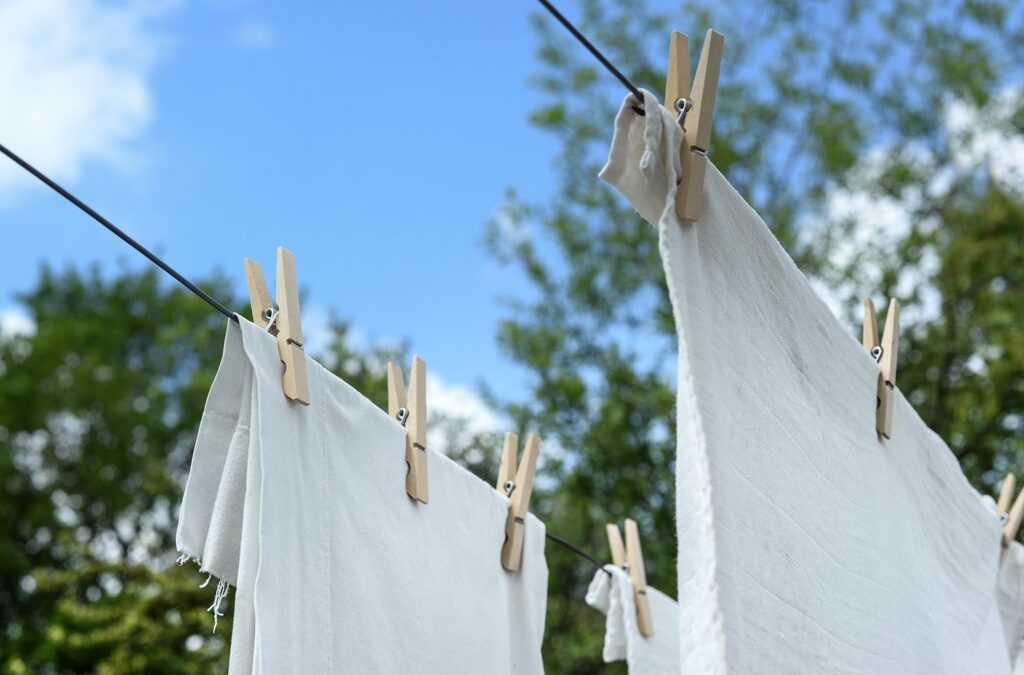
My Eco-Friendly and Sustainable Laundry Routine
One of the sustainable practices I have started this year is beginning a less wasteful and less toxic laundry routine. This was one area of our lives where I felt my family and I were being exposed to quite a few toxins in the products we were using. I started to research and look into less toxic alternatives for washing and drying our laundry. Through this process, I have found several ways to not only reduce the toxins my family is exposed to through our previous laundry routine, but have also found ways to reduce our waste, energy used and save us money all at the same time!
Washing
One of the most money-saving and eco-friendly practices we use during our washing process is using cold water. Approximately 75% of the energy required to wash a load of laundry is attributed to heating the water. Using cold water saves money because you do not use as much energy to hear the water and puts less pressure on electricity grids. Hot water also can damage and fade clothing. Using cold water will also help your colors stay brighter for longer and prolong the life of your wardrobe.
Another change we made to our laundry routine was using a less toxic and less wasteful laundry detergent. Instead of using popular (and toxic!) brands like Gain and Tide, I have chosen to switch to using either Tru Earth Landry strips or making my own laundry detergent with Dr. Bronner’s liquid castile soap.
I like Tru Earth because of their plastic-free mission. The laundry strips I have purchased do a fair job cleaning laundry with no measuring. I chose the unscented option since added fragrance tends to be where you are potentially exposed to unknown toxins. I also like that Tru Earth laundry strips come in minimal and recyclable packaging.
Making Your Own Laundry Detergent
I also like to make my own laundry detergent with Dr. Bronner’s liquid castile soap. Castile soap is a concentrated multi-purpose cleaner that is available in a bar or a liquid. This extremely effective cleaner was originally named after the olive-oil based soaps from its renowned namesake Castile, Spain. This vegetable-based oil cleaner is completely natural and free of animal fats and synthetic ingredients. I prefer the liquid form, but you can purchase the bar soap for cheaper and convert it to liquid form, although the consistency differs from traditional liquid castile soap. I have tried several different brands of liquid castile soap, but Dr. Bronner’s is my favorite.
Dr. Bronner’s liquid castile soap is made from all-natural and biodegradable ingredients with only organic coconut, hemp, jojoba, palm, and olive oils. It is certified fair-trade and non-GMO with zero foaming agents. AND Dr. Bronner’s bottles are made of 100% post-consumer recycled plastic. One of my favorite things about Dr. Bronner’s is that it is scented with essential oils instead of toxic artificial fragrances as well, coming in a wide variety of scents. Swapping castile soap for traditional laundry detergent has been amazing!
To make my own laundry detergent, I purchased a large one-gallon glass drink dispensing container on Amazon and added 1 cup of Dr. Bronner’s lavender liquid castile soap then filled the rest with water. Sometimes in the spring or summer, I add lemon and orange essential oils to this detergent mixture to give my laundry a fresh citrusy scent.
Dr. Bronner’s label advertises 18 uses, but there are so many more than that! I have been able to replace more than 10 toxic personal care, hygiene and cleaning products in my home with liquid castile soap! I no longer buy laundry soap, dish soap or hand soap, shaving cream, bath oils, glass cleaner, face wash, degreaser, toilet cleaner, floor cleaner, and multi-purpose cleaners. This magical cleaner is fairly concentrated so dilution is required, but a little goes a very long way, saving me money as well.
Natural Fabric Softeners
Fabric softeners are another way that toxins can sneak into your laundry. SO many fabric softeners contain added artificial fragrances. This wide array of chemicals oftentimes are not required to be listed on the label if considered a “trade secret”, but can cause hormonal issues, allergies, and even infertility! Using an all-natural fabric softener like white vinegar, baking soda, or Epsom salts will reduce your and your family’s toxin exposure and are a more sustainable option for your laundry.
If using white vinegar as a fabric softener, be sure to add to the rinse cycle instead of the wash cycle. Vinegar is acidic and can neutralize base soap, rendering it useless. If using baking soda or Epsom salts, add 1/4 c to your wash load to give your laundry added softness.
Here’s a quick Tik Tok I made about my sustainable laundry routine.
Are you on Tik Tok?
Follow me at Amanda @ Donna Naturale for more tips and tricks!
Natural Laundry Detergent Boosters
Using a laundry detergent booster is not necessary to get your laundry clean, but for extra dirty loads of baby, teen boy, or workout clothing I like to use a laundry booster. My favorite natural laundry booster is borax. 20 Mule Team borax is another natural cleaning staple in my home because I can use it for so many things, one of those being for laundry. Other natural laundry detergent boosters include peroxide, lemon juice, and white vinegar. If using a laundry detergent booster, add this to the bleach compartment in your washing machine.
Drying
For drying laundry sustainably, my preference will always be hanging on the clothesline. Nothing beats the smell of sheets and towels fresh off of the line! But I don’t always like this option for cold Indiana winters so sometimes I use a folding drying rack indoors or my traditional clothes dryer.
When I use my dryer, I try to use a low to medium heat setting for greater energy efficiency. I also like to use my 100% organic wool Friendsheep dryer balls in place of dryer softener sheets. Wool dryer balls are a wonderfully sustainable and non-toxic option for drying clothing because they are chemical-free, plastic-free, and cruelty-free. Friendsheep organic dryer balls are also compostable and biodegradable. The benefits don’t stop there…these amazing (and reusable) little dryer balls also help eliminate static and wrinkles and reduce drying times 25-40%, saving you even more energy and money. I like to add a few drops of essential oils to my dryer balls to give my laundry a sweet smell. Some of my favorite Simply Earth pure essential oils for laundry are: clean linen scent (for towels and bedsheets), citrus scents like lemon or orange (in spring and summer), and cinnamon (in fall and winter).
With nine kids, laundry is a major chore at our house so when we chose to start choosing more sustainable and less toxic products, laundry detergent was at the top of the list! I hope you have enjoyed reading the ways I have been able to modify my laundry routine to make it more energy-efficient, more eco-friendly, less wasteful, and less toxic, all while saving money too!
